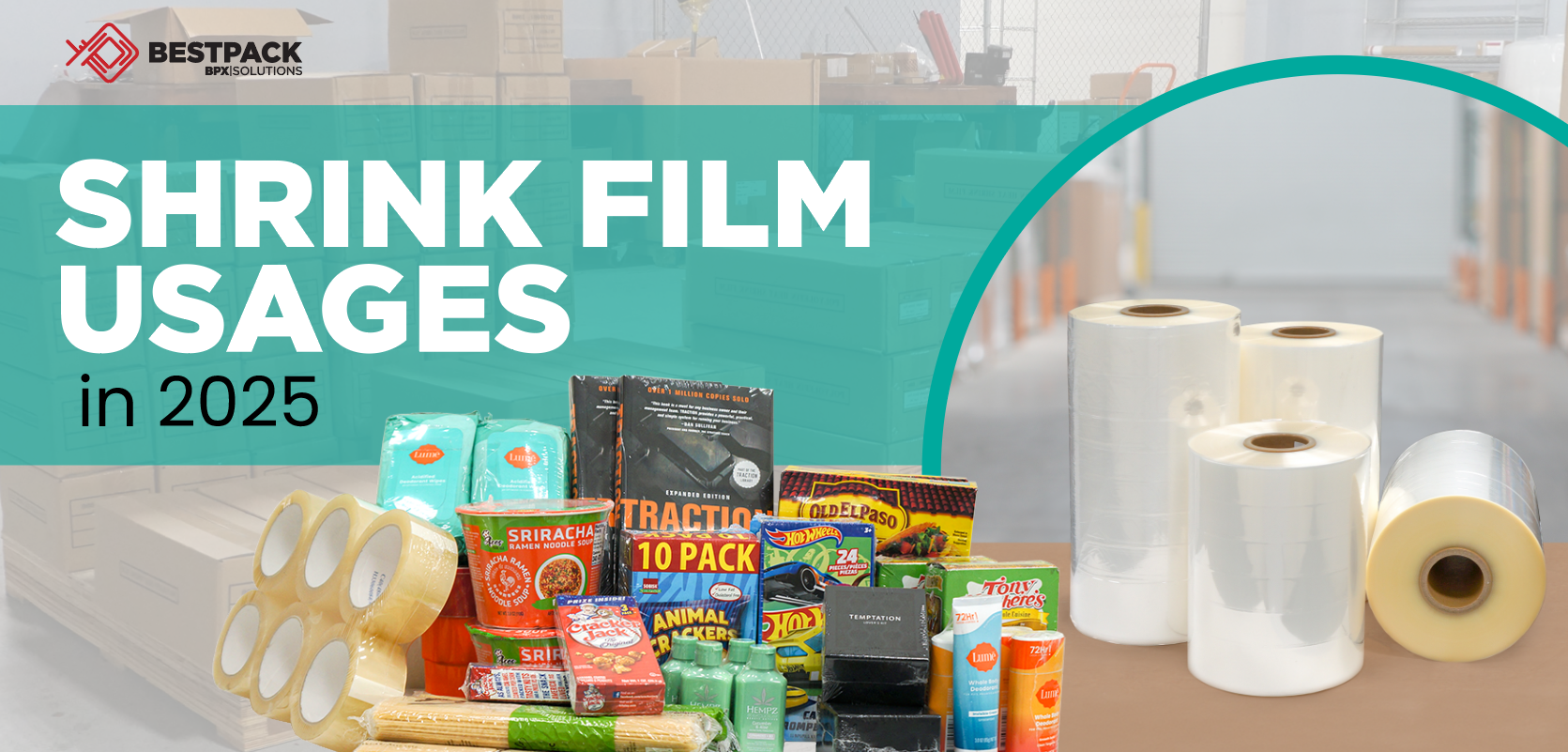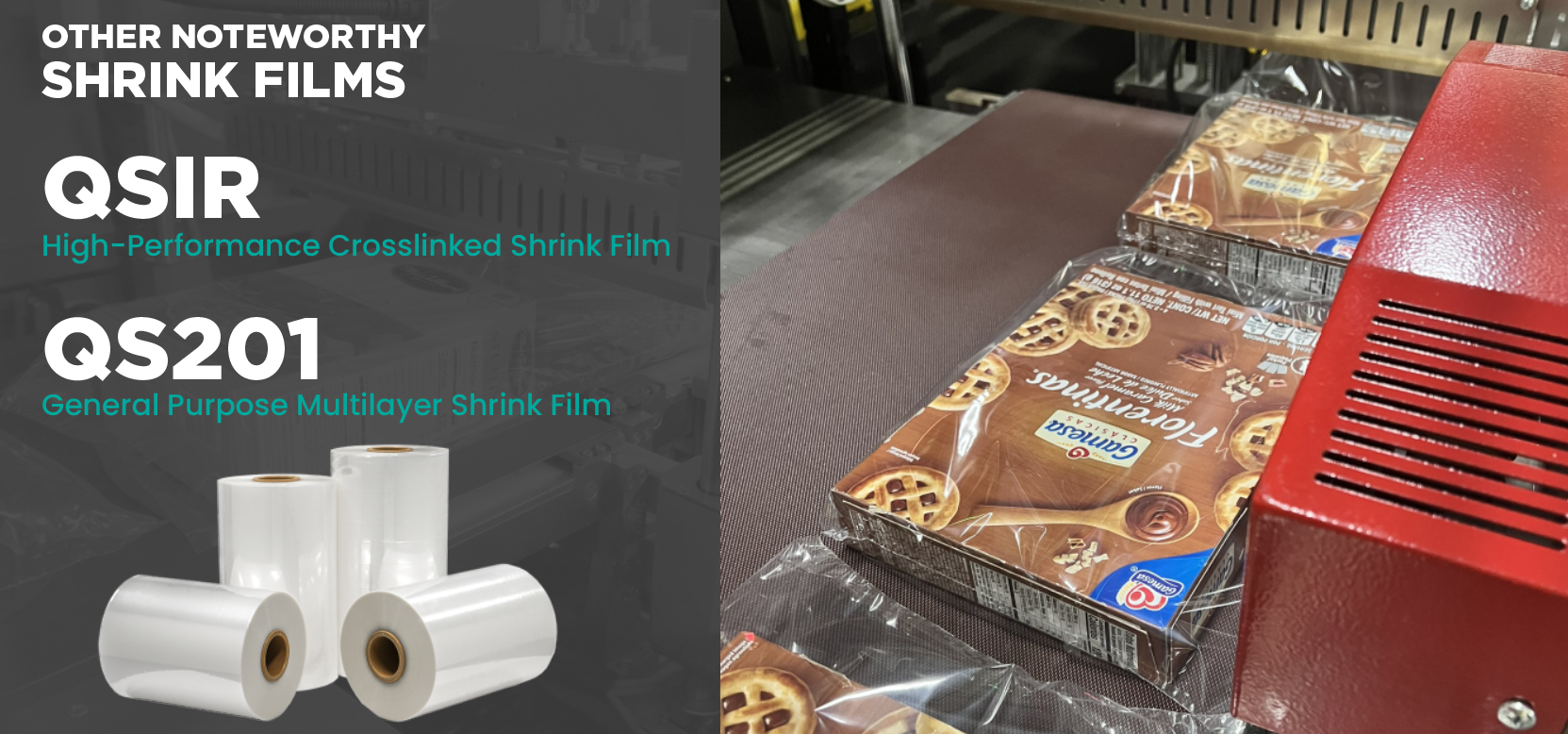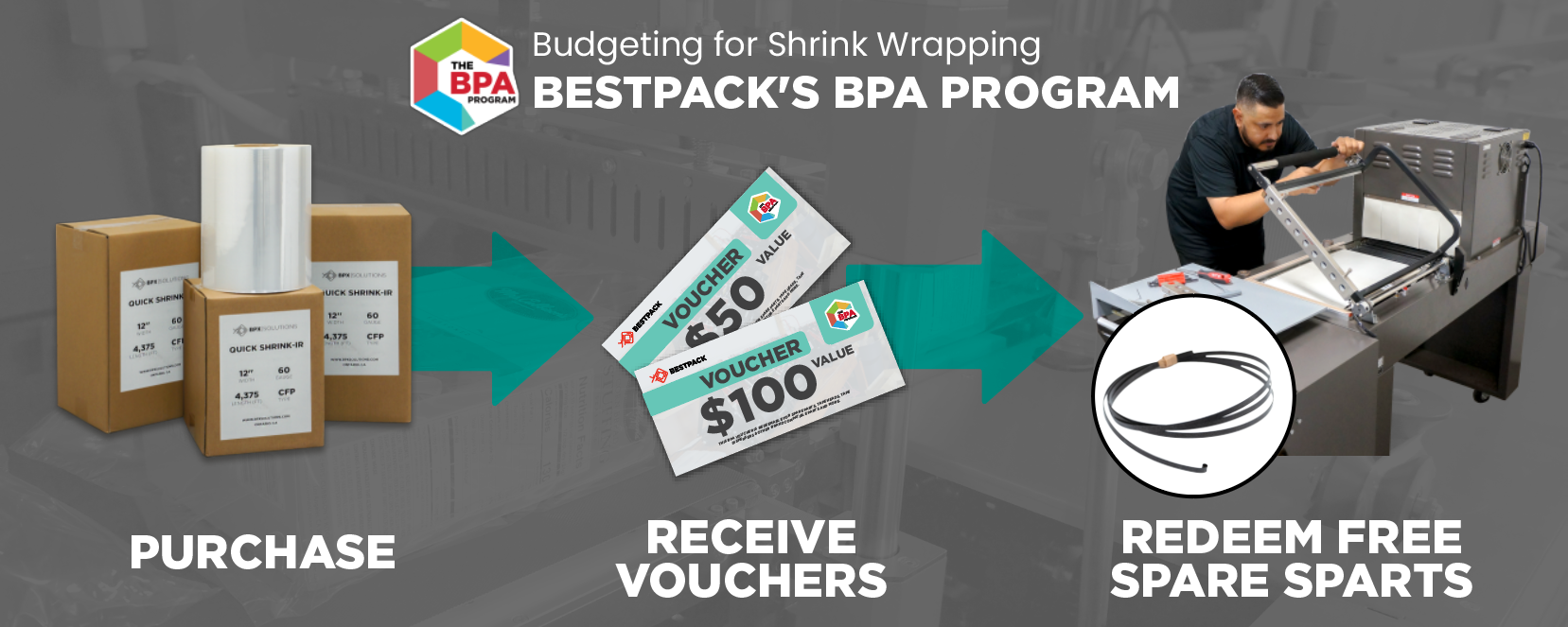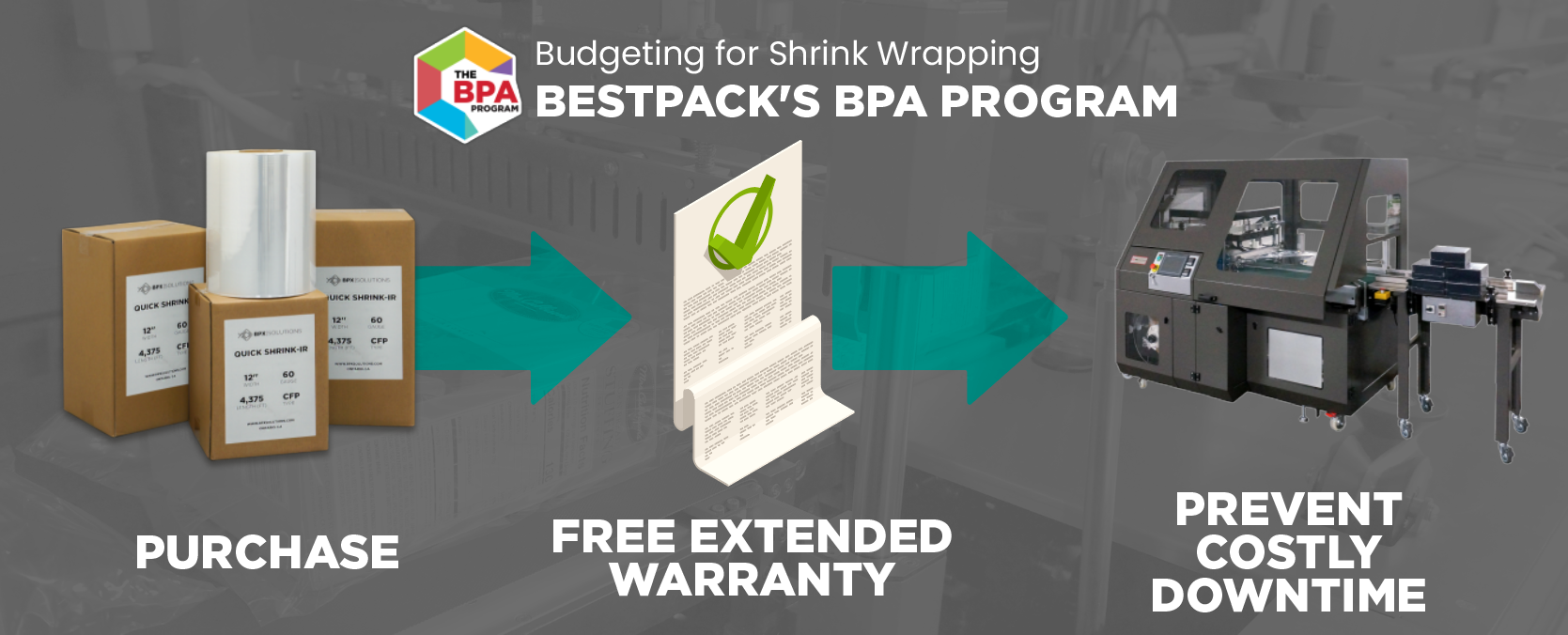
Shrink film is a versatile and essential packaging material in the packaging world. Whether you’re a small business owner looking to enhance your product presentation or a large-scale manufacturer needing to protect goods in transit, understanding how to use shrink film effectively is key. In this guide, we’ll walk you through the ins and outs of shrink film in 2025, with a special spotlight on a standout product: BestPack’s QS300. We’ll also explore the key considerations for using shrink film to help you master this packaging solution.

When it comes to high-quality shrink film, the BestPack QS 300 is a game-changer. This advanced, crosslinked shrink film is designed for a wide variety of applications, from multipacks and toys to baked goods and games. But what makes it so special?

While the QS300 is a fantastic all-arounder, BestPack offers other specialized films to meet diverse needs:
To get the most out of your packaging, it’s important to understand the practical aspects of using shrink film.
Activating shrink film is a simple process that requires heat. Once your product is wrapped in the film, the specific application method can vary. However, a crucial step for any BPX shrink film is to add small perforations, or vent holes, into the material. These holes allow hot air to escape during the heating process, which prevents bubbling and wrinkling. After preparing the film, you apply heat using a compatible shrink heat tunnel. The heat causes the film to shrink and conform tightly to the shape of your product, creating a secure, clear, and protective seal
The advantages of using shrink film are numerous. It provides a protective barrier against dust, moisture, and dirt, and its high-quality composition ensures it’s strong and resistant to tearing. One of its key features is being tamper-evident, as it’s easy to see if a package has been opened, which is crucial for food and pharmaceutical products. Furthermore, shrink wrapping is a cost-effective and space-saving solution, allowing you to bundle items compactly. You can even get custom-printed film to showcase your brand logo and information.

From a financial perspective, it’s important to consider the total cost of ownership. This includes the initial equipment investment, the recurring cost of the film, and ongoing maintenance.



While beneficial, there are some disadvantages to consider. As a single-use plastic, it’s important to be mindful of the environmental impact; opting for films with recycled content, like the BestPack QS300, is a great step. Furthermore, achieving the perfect wrap requires proper application. To prevent “ballooning,” where trapped air puffs up the film, small perforations must be added to allow hot air to escape during shrinking. Because these vent holes are necessary, a standard shrink-wrapped seal is not completely airtight. For products needing a true vacuum seal, a specific type of barrier shrink film is necessary. Other common application issues include “dog ears” (triangular protrusions at the corners) and “fish eyes” (patterns from insufficient heat).
Shrink film is incredibly versatile for products like food, toys, books, cosmetics, and gift baskets. However, it isn’t always the best choice. For extremely fragile items that require rigid protection, a box with cushioning is more appropriate. Similarly, avoid it for very heavy items with sharp edges that could easily puncture the film.
Shrink film requires a heat source to shrink and conform to a product, creating a durable, sealed layer. Cling film, on the other hand, adheres to surfaces and itself without heat and is typically used for short-term food storage.
The three most common types are Polyolefin (POF), which is very clear and FDA-approved for food contact; Polyvinyl Chloride (PVC), which is clear but can become brittle in the cold; and Polyethylene (PE), which is often used for bundling heavier items like cases of water.
While shrink wrap provides protection, it is generally not recommended as the sole packaging for shipping. Carriers like USPS require outer packaging, such as a corrugated box, as the shrink film can get caught in mail processing equipment.
Shrink force refers to the amount of pressure the film exerts on the product as it shrinks. This is a critical factor. A high shrink force could damage delicate items like a thin box of tissues, while a low shrink force might not be enough to securely bundle a heavy multi-pack.
Shrink film is a fantastic packaging solution that offers protection, enhances product appearance, and can even be a sustainable choice. By understanding the different types of films available, like our sustainable QS300, and by mastering the application process, you can take your packaging to the next level in 2025. Happy shrinking!